By Louis Ciotola
The Spanish Empire is best remembered for its great voyages of exploration, its conquest of the New World, and its mighty Armada. Certainly, these accomplishments helped forge Spain’s world empire. But before the Americas were subjugated, allowing galleons laden with gold to sail across the Atlantic, Spain had already become the dominant military power on the European continent.
In the closing years of the 15th century, Spanish arms, recently victorious against the Moors, turned to face other rivals. It was a time when the Renaissance was ushering in radical new ideas of how to conduct warfare. The man most responsible for bringing these changes to the Spanish Army was Gonzalo Fernandez de Cordoba, popularly known as El Gran Capitan. His triumphs brought military glory to Spain, made traditional med-ieval warfare obsolete, and ushered in the deadly new age of the firearm.
A Weak Footing in Italy
Cordoba was al-ready a grizzled veteran of the Reconquista wars to free Spain from the Moors when his monarch, King Ferdinand V, summoned him to lead a Spanish army into southern Italy in the spring of 1495. Ear-lier in his career, Cordoba had distinguished himself in the liberation of Granada. Now, in his early 40s, Cordoba set off to assist Spain’s ally Naples in its war with France. The preceding year, in a campaign that displayed the new marvels of Renaissance warfare, the French king, Charles VIII, had plunged into Naples with an army equipped with a powerful siege train, redoubtable heavy cavalry, and Swiss pikemen. His frightening weapons and forceful methods of attack proved more than a match for the Italians. Without Spain’s aid, Naples’ collapse was inevitable.
Cordoba disembarked at the southernmost extremity of Italy in May commanding 500 genitors (light cavalry), 100 men-at-arms (heavy cavalry), and 1,500 infantry. King Ferrante of Naples and 6,000 Italians quickly joined him in a march northward to recapture the town of Seminara. The French, led by Everard Stuart d’Aubigny, were already there, poised to attack, when the Spanish arrived a month later. The two opposing armies drew up three miles east of town. Upon seeing the strength of the French force, Cordoba thought it prudent to withdraw immediately. The Neapolitans, eager to reclaim their kingdom, insisted on doing battle. Since the largest portion of his army was Italian, Cordoba felt compelled to follow his allies’ wishes.
The result was an utter disaster. The Spanish and Italians took the offensive, but the French stood firm. Following several failed assaults, the Neapolitans falsely believed the Spanish were abandoning the fight and began leaving the field themselves. D’Aubigny unleashed a devastating counterattack. The French heavy cavalry charged, scattering Cordoba’s genitors. In one fatal push, France’s Swiss allies, the most feared and disciplined infantry in western Europe, decimated their Spanish opponents. Cordoba managed to save much of his army from complete destruction, personally leading a cavalry charge to extricate many of his Neapolitan allies. Fortunately for them, the French halted their pursuit prematurely, allowing the Spanish and their allies to slip away unmolested.
The Spanish, however, were not completely thrown out of Italy following the defeat. Cordoba wisely altered his conduct of the war to one that favored raiding tactics, matching those he had conducted in the Moorish wars. The raids continued after he left Italy in 1498. Soon afterward, the Spanish and French signed the bilateral Treaty of Granada, stripping Naples of its independence and dividing the kingdom, France holding the north and Spain retaining the south.
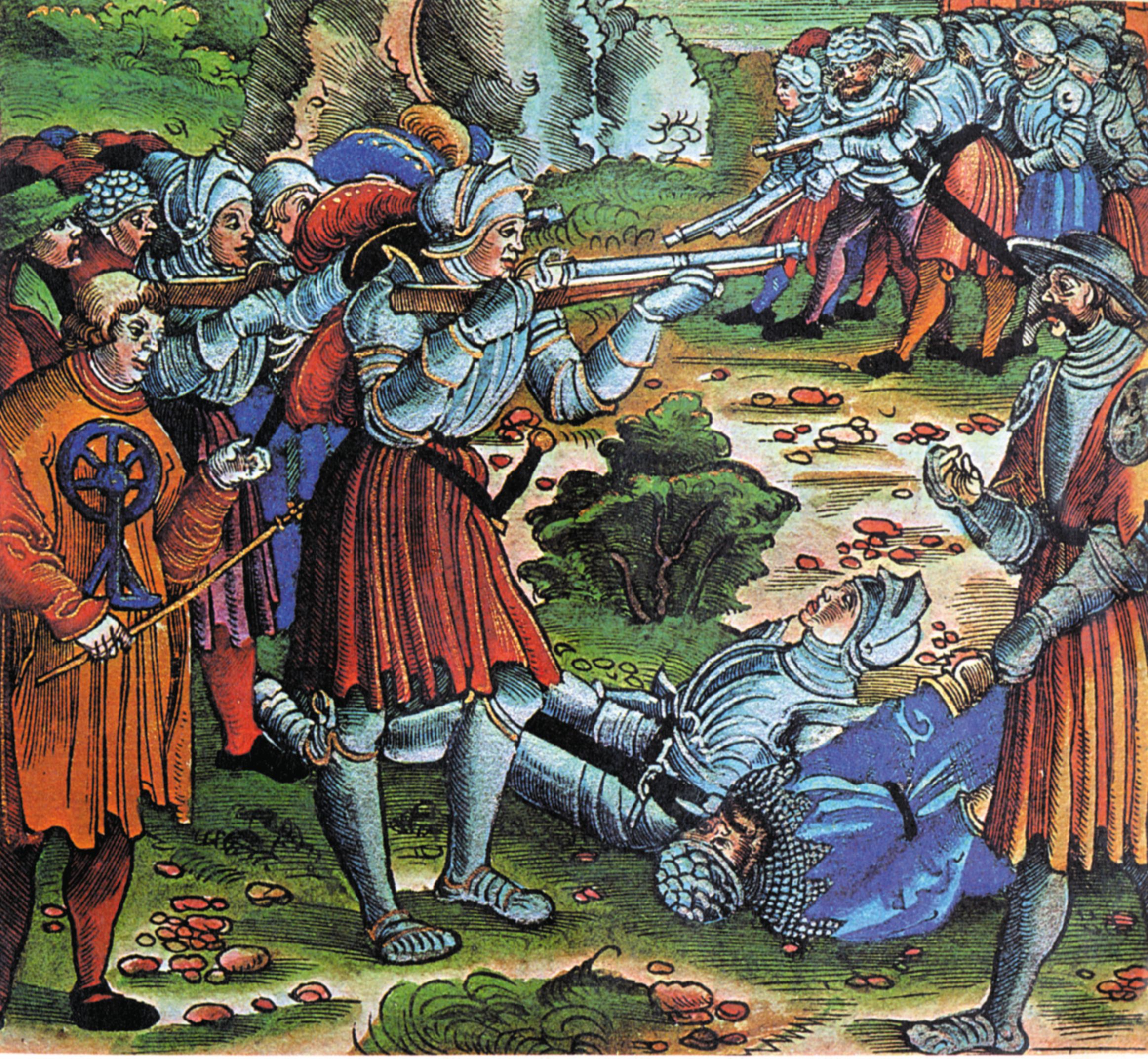
To Defeat the French Cavalry
Seminara was essentially a cavalry victory. The French heavy cavalry, or gendarmarie, easily swept the lightly armed genitors from the field. With two-thirds of the French force consisting of cavalry and the Spanish relying on their genitors, it was easy enough for the French to emerge victorious in straight-out cavalry combat. It was necessary for Cordoba to discover a way to neutralize the French superiority. This would require the complete reorganization of his infantry. Foot soldiers were fast becoming the dominant military arm in western Europe. The Swiss pikemen who had so thoroughly decimated their Spanish opponents at Seminara were the quintessential model. By the middle of the 15th century, Swiss pikemen had become the mercenaries of choice for European monarchs. They were heavily employed by France, which had been allied diplomatically to the Swiss. Their only competition for the favor of Europe’s monarchs was the South German Landsknechts, another group of skilled infantry.
It was primarily the Swiss who made infantry dominant over the medieval men-at-arms who formerly commanded the battlefield. Swiss pikemen were a highly disciplined offensive and defensive force, the first infantry utilized effectively as shock troops in Europe since Roman times. The Swiss infantry consisted of pikemen, halberdiers, and handgunners closely packed together in companies of 200 men drawn up in echelon formation. The pikemen were the most numerous of the groups, being charged with protecting the other two. Each pikeman carried a pike 18 feet in length, topped by a 10-inch spike. The pike was mainly a defensive weapon, being too large and cumbersome on the attack. It was the halberdiers who engaged most effectively on the attack, moving in for close-quarter combat to use their axe-like weapons to slice down the enemy.
The rapid development of handguns was another reason why infantry was becoming increasingly important on the battlefield. The first capable firearm, the arquebus, began to be used effectively in Europe around the middle of the 15th century. The arquebus, or “hook gun,” was a heavy matchlock handgun, three feet in length. It had been adapted specifically for infantry, being too large for use by mounted soldiers. Although having a range of only 150 yards and minimal accuracy except at close distances, many European armies preferred the arquebus to the longbow and crossbow because of its penetrative power and its greater effectiveness in windy conditions.
Early handheld firearms were utilized most effectively in concert with fortifications. The Swiss pikemen were virtually mobile fortifications in themselves. Arquebusiers constituted one-tenth of the Swiss infantry. Used exclusively as skirmishers, they crouched beneath the pikes or collected on the flanks of the pikemen to deliver their murderous shots while remaining adequately protected. The Landsknechts also used the arquebus but in fewer numbers. Despite being a new and terrifying weapon, the arquebus had yet to be the deciding element in battle. Following Seminara, Cordoba realized its lethal potential.
Revolutionizing the Spanish Forces in Italy
At Seminara, infantry had constituted three-quarters of the Spanish strength. The infantry, however, was critically undisciplined in comparison to the Swiss. Cordoba, endeavoring to modernize his tactics, determined that it was his foot soldiers who required the most modification. First and foremost was the necessity to increase the infantry’s use of the arquebus to the point that it almost entirely replaced the crossbow. Cordoba dramatically increased the number of arquebusiers until they amounted to one-sixth of the total infantry. Furthermore, Cordoba modified their tactics. Unlike the Swiss, who utilized their arquebusiers entirely as skirmishers, Spanish handgunners were adapted to play a more direct role in battle as a massed unit with more offensive and defensive firepower. In addition, they would continue their more traditional role as independent skirmishers harassing the enemy from the protection of the pikes.
Cordoba also faced the challenge of recreating his infantry as a force that could withstand and defeat the formidable Swiss pikemen in close-quarter combat. Finding his existing companies inadequate in size, he merged four of them together to form coronelias. The coronelia was the origin of the even larger tercio that would dominate battlefields until the Thirty Years’ War. Attempting to increase their mobility as a counter to the brute strength of the Swiss, Spanish pikemen, comprising fully half of the coronelias, were equipped with lighter armor, helmets, and pikes. Their primary role was to protect the arquebusiers and the remaining infantry, the sword-and-buckler men.
The sword-and-bucklers were Cordoba’s answer to the Swiss halberdiers. Armed with a short sword and a small shield, or buckler, the sword-and-bucklers mixed among the pikemen, waiting for an opportunity to strike when the armies of pikemen locked together. The lightly armed sword-and-bucklers moved through the ranks swiftly, penetrating enemy pike formations for the kill. They held a significant advantage over the halberdiers, whose ponderous swinging motions were much less potent in close-quarters combat than the quick thrusting of a short sword or dagger.
Cordoba changed the make-up of his cavalry very little. The genitors, who had been the core of Spanish armies throughout the Reconquista, retained their importance in Cordoba’s remodeled armies, although the shift toward a more infantry-oriented force reduced their numbers to only one-sixth of the army’s strength by the time of Cordoba’s second campaign in Italy. Their principle weapons remained the javelin and the round shield. Cordoba did, however, alter the genitors’ role in battle. Designed for offensive warfare, Cordoba decided that the most advantageous use of his light cavalry would be as skirmishers to harass, delay, and pursue the enemy. Perhaps the best light cavalry in western Europe, the genitors were still not strong enough to face directly the overpowering French gendarmaries.
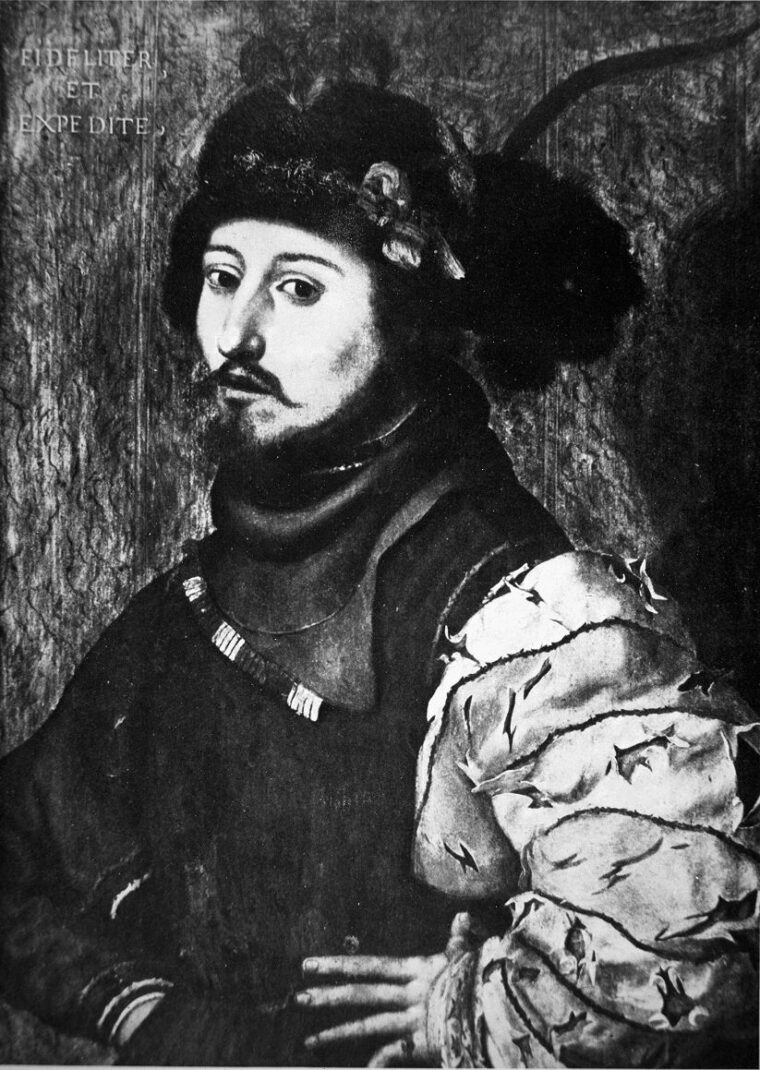
The most valuable lesson emerging from Seminara (one that Cordoba already understood) was to engage in battle only when in clear possession of the upper hand. Rather than follow the medieval tradition of accepting battle in nearly all circumstances and rashly charging forward despite the strength of the enemy, Cordoba developed a doctrine of maneuverability. Avoiding battle and remaining on the defensive for extended periods of time were perfectly acceptable tactics if they kept the Spanish armies effectively in the war. This willingness to exchange the risky pursuit of immediate glory for a safer long-term strategy was a fundamental precept in Cordoba’s second Italian campaign.
“The Spaniards Fought Like Devils”
The Treaty of Granada proved to be only a brief respite in international competition. Tensions mounted as the Spanish and French raced each other to secure the surrender of the remaining Neapolitan forces. Cordoba returned to southern Italy to aid in this endeavor. Unsurprisingly, armed hostilities soon reopened between the Spanish and French. In June 1502, the French, 8,000 strong under Seur d’Aubigny and the young Louis d’Armagnac, Duc de Nemours, invaded Spanish-held Naples after being refused additional territory. Although King Ferdinand was partial to making peace with the French, Cordoba vowed to fight the invaders, even though the Spanish and their Italian allies were critically inferior in number to the French and their Swiss mercenaries.
The Spanish were inadequately supplied and spread throughout southern Italy in various garrisons. Cordoba decided that the wisest strategy would be to muster all his resources and withdraw to the coastal town of Barletta. There he would await reinforcements and an inevitable French siege. He believed that the enemy’s march through hostile territory would greatly reduce their strength. Furthermore, he was certain that Barletta could withstand a siege. His monarch and many of his generals doubted this course of action, but Cordoba assured them that “time will testify the wisdom of my decision.”
In September, Spain officially declared war on France. Men and materials began leaving Spanish ports bound for Barletta. It was not a moment too soon. Conditions within Barletta were deteriorating—the town was on the verge of famine. But Cordoba fought on. The Spanish arquebusiers performed magnificently behind Barletta’s walls, while Cordoba launched numerous raids from the town, testing his opponents’ strength and boosting the morale of his own army. During one such raid, a French chronicler observed, “The Spaniards fought like devils and the Great Captain ran up and down in the first line of the attack, calling his men-at-arms by their own names and giving them heart.”
By the spring of 1503, conditions had improved within Barletta. Supplies from Spain were streaming in and Cordoba would soon be strong enough to take the offensive. He eagerly anticipated the arrival of German Landsknechts to bolster the strength of his infantry. During the course of the last few months, Cordoba had realized his error in diminishing the size of his pikemen—he required the heavy pikes of the German mercenaries to counter the Swiss. When the Landsknechts arrived, Cordoba learned much about his Swiss enemies from the similar German pikemen, including both sides’ reluctance to adopt the use of the arquebus. Spanish reinforcements from Tarento, led by the talented general and engineer Pedro Navarro, followed the Germans into Barletta in April. His strength sufficiently enhanced, Cordoba prepared to leave the shelter of Barletta’s walls and face the French in open battle.
El Gran Capitan Versus the Duc de Nemours
On April 28, Cordoba left Barletta. A tough 16-mile march through blazing heat brought the Spanish opposite the French position. The Germans in particular suffered on the trek, being ill prepared for the hot weather. A number of them died of heatstroke along the way. For a time there was a danger that the Landsknechts would refuse to continue, but Cordoba successfully urged them on. At 4 pm, the Spanish took up battle positions outside the small town of Cerignola, located near Cannae, where Hannibal had met the Roman legions during the Punic War. Now, centuries later, it was the army of El Gran Capitan facing the rapidly approaching French under the Duc de Nemours, in a contest that would mark another turning point in the history of warfare.
The Spaniards took up positions atop a vine-covered hill that rose before a small stream. Cordoba ordered the stream widened into a larger ditch. He decided to hold the high ground in front of the ditch and fight a defensive battle against the likely charges of the gendarmaries and the Swiss pikemen. Stakes were added to make the trench more hazardous, and the excavated earth was used to construct a small parapet behind the ditch. To complete his defenses, Cordoba positioned 13 cannons on the wall of dirt.

The Spanish force of roughly 8,000 men was separated into six units, with just enough space between each to permit cavalry access. The Spanish infantry were further divided into battalions commanded by colonels. Those battalions in turn were separated into three parts, or escuadrons. The Spanish foot soldiers were placed on the wings and commanded by Diego Garcia de Paredes and Gonzalo Pizzaro, the father of Francisco Pizzaro, who would later conquer the Incas. The Landsknechts, led by the Basque commander Fabricio Zamudio, held the center. Additional troops were posted among the stakes in the ditch. Navarro directed the cannons on the parapet. His purpose was to greet a French attack with a quick volley, after which the infantry on the left flank would move forward to protect the heavy guns. Meanwhile, the cavalry was placed on the flanks, with a third force in reserve behind the Germans. This force was to launch a counterattack if the situation allowed. Pedro de la Paz commanded the genitors.
By the time the French arrived to face Cordoba, it was already late in the day. Some French commanders were certain that victory could be obtained quickly in the little daylight that remained. Nemours, however, was hesitant to commence a battle so close to nightfall. Although he was unaware of the extent of the Spanish preparations, he could see clearly that they were well-positioned defensively and could hold out through the night. His subordinates responded to their commander’s well-reasoned concerns by questioning his courage. Nemours reluctantly consented to launch an attack, but warned, “We will fight them tonight, then; and perhaps those who vaunt the loudest will be found to trust more in their spurs than their swords.”
The French drew up in three divisions, each placed slightly behind and to the left of the one before it. The forward division on the far right was comprised of men-at-arms commanded by Louis d’Ars. In the center, Chandieu commanded 4,000 Gascon infantry and a contingent of Swiss pikemen regarded as some of the finest to have ever taken the field. Behind the infantry and on the left flank were 400 men-at-arms and light cavalry led by Ives d’Alegre. The total French strength was roughly equal to that of their Spanish adversaries.
Devastating Volleys from the Arquebusiers
The battle about to commence, Cordoba rode past the Spanish lines shouting words of encouragement to his men. He protected himself with Toledo mail, a scarlet cuirass and breastplate, carrying a rapier and a dagger but wearing no helmet. Many in Cordoba’s army were concerned about the obvious manner in which he made himself known. Cordoba answered their concerns by stating, “Whoever has my duty on a day such as this must uncover more, not cover his face.”
With only half an hour remaining until sunset, the French attacked. As Cordoba anticipated, the gendarmaries charged first, bent on delivering a quick knockout blow. Nemours himself led them forward. The French men-at-arms drove past the genitors, who had been sent out to harass them and continued toward the Spanish lines. When the French were within range, Navarro fired a round from his cannons. The wind carried the cannon smoke into the faces of the French. Just then, a Spanish magazine exploded, spreading disorder and alarm among Cordoba’s troops. Cordoba quickly calmed his men, declaring the blast a favorable sign. “Courage,” he said. “Don’t you see the first victory beacon is lit?”
The combination of the genitors’ harassing tactics and the smothering smoke prevented Nemours from seeing what awaited his cavalry. The French men-at-arms unexpectedly encountered the newly constructed ditch as they were on the verge of smashing into the Spanish left. The ditch stopped the gendarmaries dead in their tracks. It was impossible for the horsemen to cross the ditch and surmount the parapet. Nemours frantically began searching for an alternate route.
The moment had come for Cordoba to unleash the real surprise. Two thousand Spanish arquebusiers in four ranks stood waiting at the parapet. The gendarmaries, bunched together before the trench, were within ideal range of the arquebuses. The order was given to fire. Nemours was one of the first victims of the ensuing massacre, falling dead with a musketball to the chest. Defenseless and leaderless, the surviving gendarmaries abandoned their attempts to reach the enemy and fled ignominiously from the field.
With Nemours dead, Chandieu took control of the French Army. While the gendarmaries were retreating, Chandieu was leading the Swiss, Gascon, and French infantry toward the Spanish fortifications. His advance, too, met an abrupt end at the trench. As Chandieu’s men poured into the ditch, they were met by fierce arquebus fire. Still they pushed on. The Swiss, invincible in so many battles, tried desperately to scramble up the parapet, but could not climb the loose soil while bearing their heavy equipment in the midst of enemy fire. Like Nemours before him, Chandieu fell to arquebus fire. Crowded together among the stakes within the trench, the French and their allies collapsed in disarray.

As night descended and the enemy advance floundered, Cordoba ordered a counterattack. As usual, he led from the front. An eyewitness reported that “the Gran Capitan was here, there and everywhere, giving a helping hand wherever he thought it was needed.” The Spanish infantry charged forward while the genitors hit the enemy flanks. The gendarmaries managed to escape relatively intact, but the Swiss and Gascon infantry proudly stood steadfast and consequently suffered tremendous casualties. The battle degenerated into a rout. The French reserve wing failed to become involved in the fight, not knowing what was going on in the darkness. The Spanish genitors chased the retreating French relentlessly, cutting them down with ease until exhaustion halted the pursuit. After a battle that had lasted only one brief hour, the French withdrew into the night, leaving behind 4,000 dead. Spanish dead numbered around 1,000.
Cordoba on the Offensive
Following the Battle of Cerignola, the Spanish began reconquering the rest of Naples. On May 14, they entered the kingdom’s capital. The French, meanwhile, retreated to Gaeta, a coastal fortress situated on the end of a small peninsula just beyond the Garigliano River. Cordoba pursued the French and laid siege to Gaeta in July. The siege, however, was a failure. Cordoba could not breach Gaeta’s walls, and French cannon fire inflicted heavy casualties. To make matters worse, a relief force of Swiss and Italians was quickly approaching from the north. The Spanish were compelled to withdraw across the Garigliano.
Four months later, on November 6, the French made an attempt to break out of their trap and cross the Garigliano in order to avoid having to spend the winter at Gaeta. Under cover of artillery fire, the Marquis de Mantua led French forces in a charge across a single bridge directly at the defending Spanish. The attack failed miserably. The Spanish in turn counterattacked but also failed to gain ground. Severe cold weather swept the battlefront. The French would be forced to spend the winter at Gaeta, after all. Mantua handed over control of French forces to an Italian nobleman, the Marquis de Saluzzo, and departed. Operations could not resume until drier conditions prevailed.
Unlike the French commander, Cordoba remained with his army to share their misery. He was determined to capture Gaeta, regardless of the bitter winter conditions and his own numerical inferiority. Cordoba knew that the French Army was suffering tremendously, as well, and that their strength was gradually decreasing. Far behind the front lines, at the castle of Mondragone, the Spanish began constructing a bridge for fording the Garigliano when the opportunity arose.
Storming the French
In late December, Cordoba got his wish with the arrival of Italian reinforcements under Bartolomeo de Alviano. These reinforcements, known as the Orsini Division, consisted of 400 men-at-arms, 1,000 light cavalry, and 4,000 infantry. Although Cordoba was still far inferior to the French in total strength, having only 14,000 men to Saluzzo’s 22,000, he felt he had sufficient numbers to launch a cleverly timed offensive. The Christmas season provided Cordoba with his chance to take the French by surprise. A holiday truce was proposed by the Spanish and accepted by the French, to be honored on December 25 and 26. After the agreement was struck, Cordoba stepped up preparations for his attack.
The French were still busy celebrating on the 27th when Cordoba transported his completed bridge from Mondragone to the banks of the Garigliano, near the town of Sujo, which sat on the right flank of the Spanish army held by the Orsini Division. Cordoba chose the site because the banks of the river in that sector were more even in height and the ground was firmer than in other places. This was where he intended to launch his attack. Although the French held slightly higher ground, Cordoba trusted in the element of surprise to neutralize his enemy’s natural advantage. Farther south, in the center of his lines, Cordoba commanded the Spanish infantry and heavy cavalry, assisted by Prospero Colonna and Drego de Mendoza. The left flank consisted of German infantry and genitors under the command of Fernando Andrada, who was instructed to await events to the north before attempting to cross the existing bridge that stood in his sector.
On December 29, the Spanish attacked in a blinding snowstorm. Alviano’s Orsini Division and 3,000 Spanish and Italian troops poured across the Sujo bridge just before dawn. The French defenders on the opposite bank were caught flatfooted—half-drunk, unarmed, and completely surprised. They were also leaderless, their officers having departed for warmer accommodations in the rear. A few French soldiers somehow managed to escape destruction and alert the Castelforte garrison of the enemy assault. The warning fell on deaf ears. The Swiss failed to assemble in time, and they too were scattered by the hard-charging Spanish and Italian cavalry.

The French cavalry was stationed too far behind the front to save Castelforte. Meanwhile, the Spanish assault on the French left continued to grow in intensity as Colonna and de Mendoza’s men-at-arms followed Alviano’s lead. Behind them came Cordoba with his genitors, Landsknechts, and bodyguards. The last of the attackers were across the Garigliano by dark. Cordoba established his new headquarters in Castelforte.
The offensive resumed at dawn. Saluzzo had fallen back on Trajetto after being forced from Castelforte. There he attempted to organize his forces for a counterattack. All that he could manage was an ineffectual cavalry charge led by Yves d’Alegre, which served only as a distraction to allow for a further retreat. The French continued to withdraw toward Gaeta. Realizing that the retreat would isolate his men in the south who were still facing Andrada’s Spanish along the Garigliano River, Saluzzo ordered the bridge destroyed and the artillery evacuated.
The order came too late. Seeing Cordoba’s success to the north, Andrada had already begun his own attack. His attempts to cross the bridge met the heaviest French resistance of the battle. The bridge itself was badly damaged in the fighting. Using captured boats and materiel, however, the Spanish were able to construct a second, temporary bridge to get them across the river. With the only feasible defensive barrier in the area breached, the French retreated westward to link up with Saluzzo’s men. All of their artillery had to be abandoned and quickly fell into Spanish hands.
The Capture of Gaeta
The entire French Army was now retreating toward Gaeta. Saluzzo decided to make one more defensive stand to avoid being driven back into the fortress. The French halted their withdrawal and drew up in a carefully planned location known as Molo de Gaeta. The defile was a narrow passage between the sea to the south and mountains to the north. There the French commander Seigneur de Bayard formed what remained of the French cavalry for a last attempt to end the Spanish advance. He successfully held off Cordoba’s forces for an hour until Andrada’s army arrived to reinforce the attackers. The added weight of the Spanish assault proved much too strong for the exhausted French. The defense collapsed and the French fled desperately back to the protection of Gaeta’s walls.
The Spanish advance was relentless—the pursuit continued right up to the fortress walls. Although it remained possible to escape from Gaeta and flee northward with an army that despite its heavy losses still outnumbered the Spanish, the French chose instead to give up the fight, surrendering the fortress to Cordoba on January 1, 1504. The fighting from the Garigliano to the walls of Gaeta had cost the French and their allies over 6,000 killed, wounded, or captured, and all nine of their cannons. Spanish losses were insignificant in comparison.
An Overrated Commander or a Tactical Visionary?
In the ensuing peace treaty, the French forfeited all claims to southern Italy, and the Kingdom of Naples came under complete Spanish control. For the 50-year-old Cordoba, the victory at Garigliano was his final battle and his greatest success. It was a masterpiece of surprise and maneuver that proved without a doubt that the remodeled Spanish Army was a superbly effective offensive and defensive force.
Even after his victories at Cerignola and Garigliano, there were some who argued that Cordoba was an overrated commander. At Cerignola, so the argument went, the French had charged recklessly into a fortified position without even attempting to bombard the Spaniards with their cannons. Once the French were halted, the recently discarded crossbow could have achieved the same results as the arquebus. A Spanish soldier who fought at Cerignola, Fabrizio Colonna, scorned his commander and stated that victory there was obtained because of “a little ditch and a parapet of earth.” It is also debatable whether or not the Spanish could have succeeded at Garigliano had the French Army been even the slightest bit prepared for a possible attack.
But these arguments can be easily refuted. By 1503, Cordoba knew his enemies well. He anticipated that the French were likely to charge heedlessly at Cerignola, since he had seen them do the same thing at Seminara. His strategy ideally matched the prevailing situation. Perhaps the ditch had won the battle, but Cordoba had ordered the ditch constructed. Before Garigliano, Cordoba had created the circumstances that would allow him to launch a surprise offensive. Had the French been adequately prepared, Cordoba would have been prudent enough to have called off the attack. Lastly and most significantly, Cordoba had shown how to use firearms more effectively and in greater numbers for maximum advantage. Soon his use of firearms would be recognized as the most important innovation of modern warfare. The age of the pike had come to an end. The age of the arquebus had just begun.

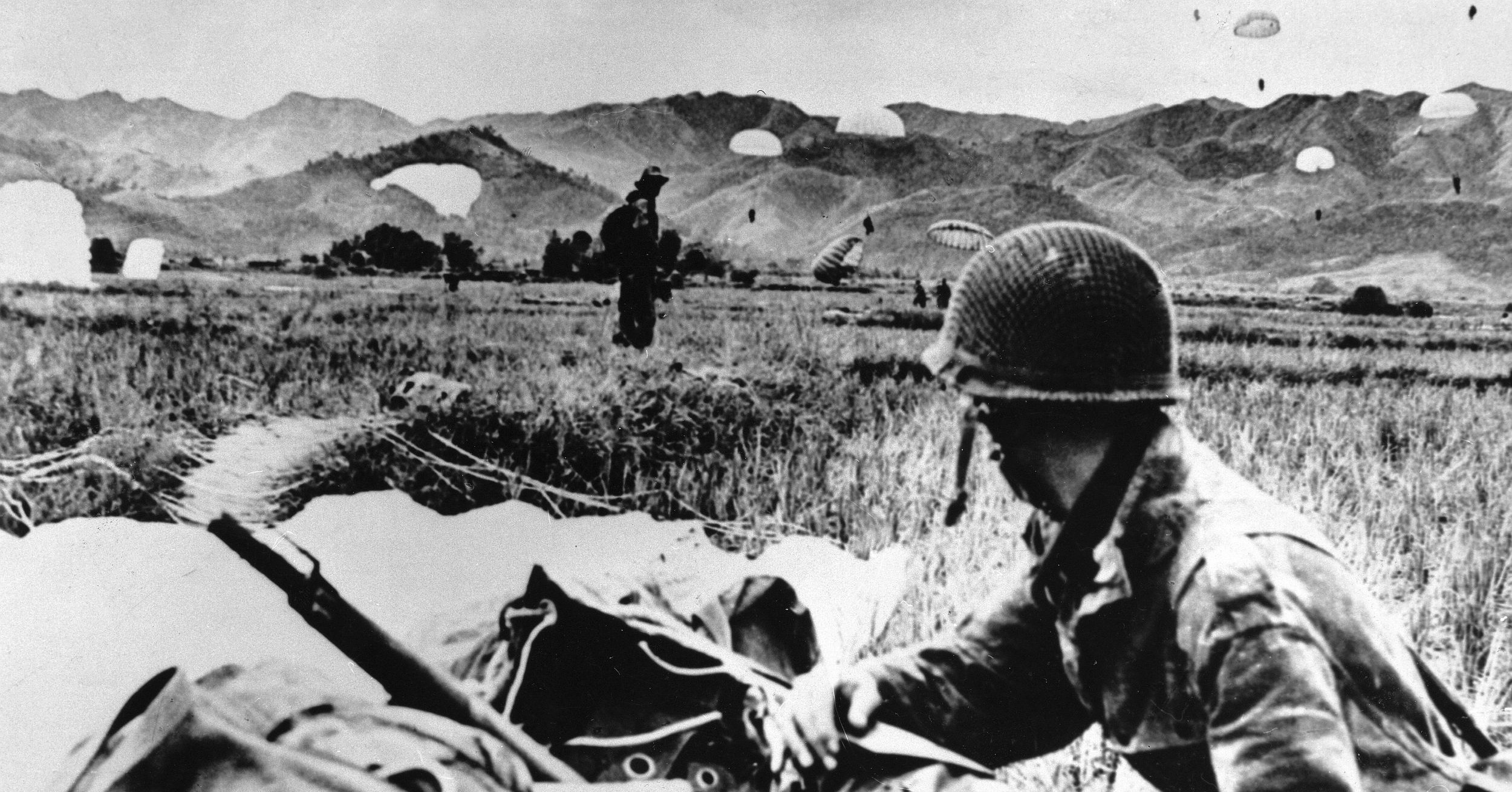
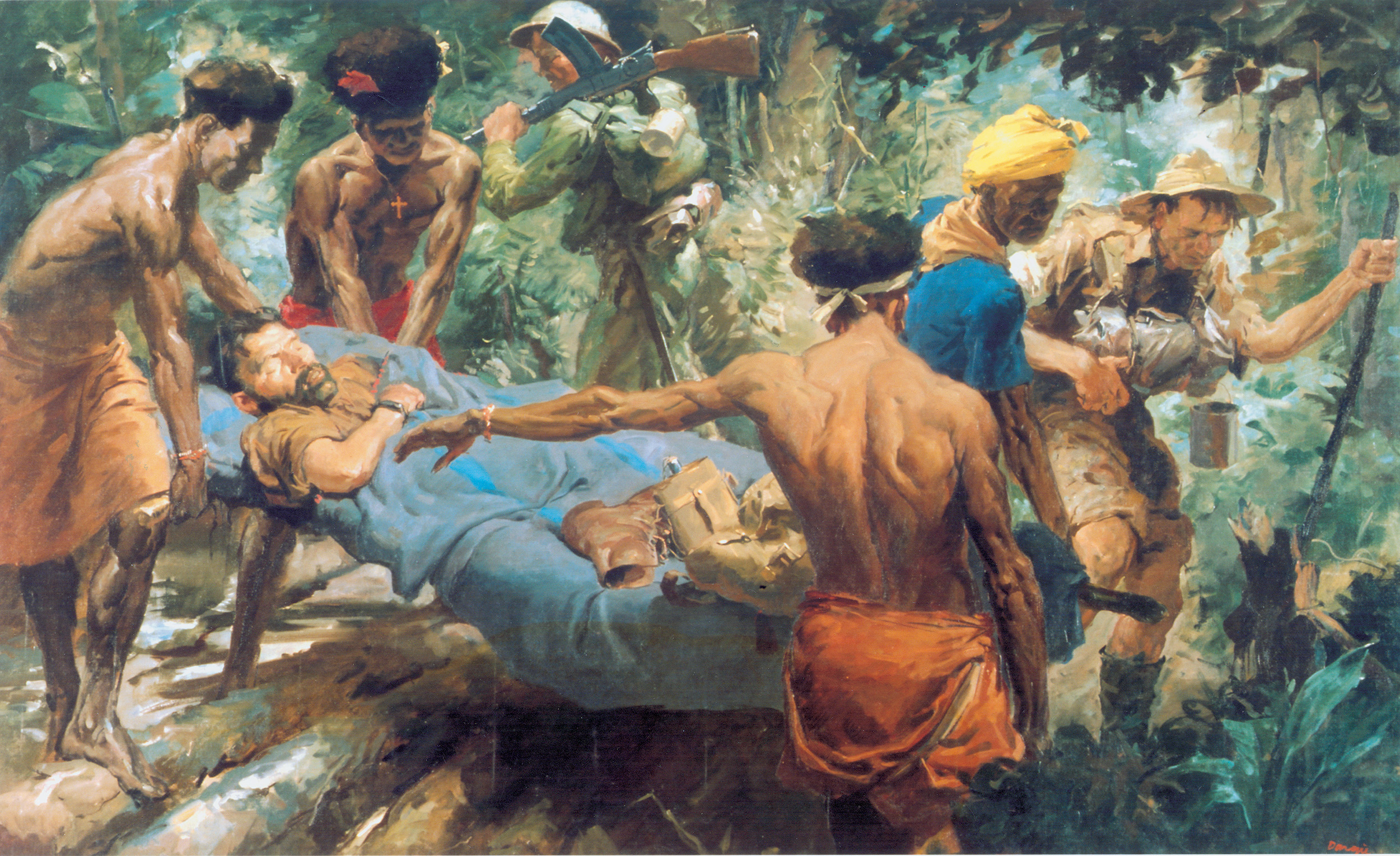
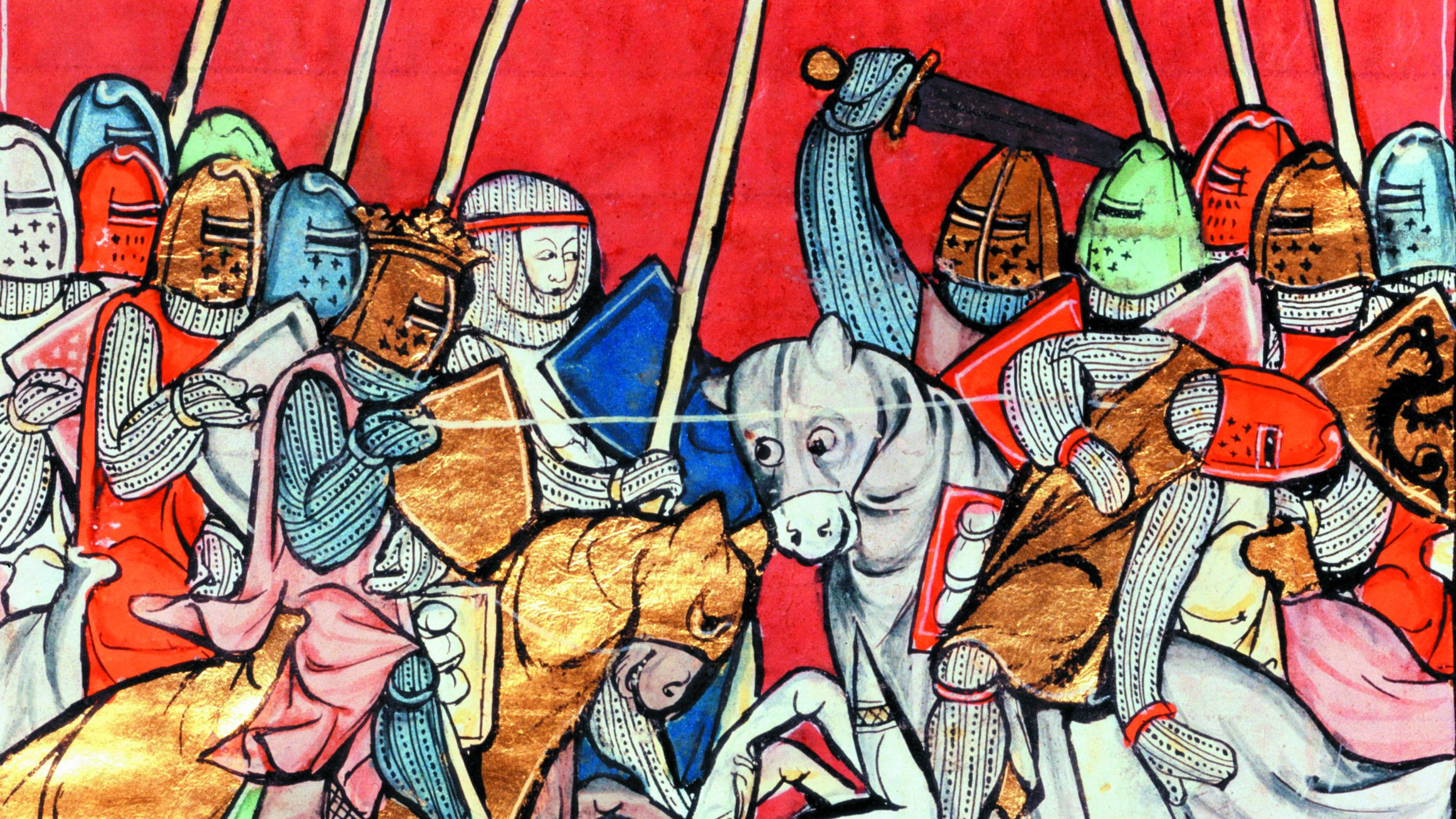
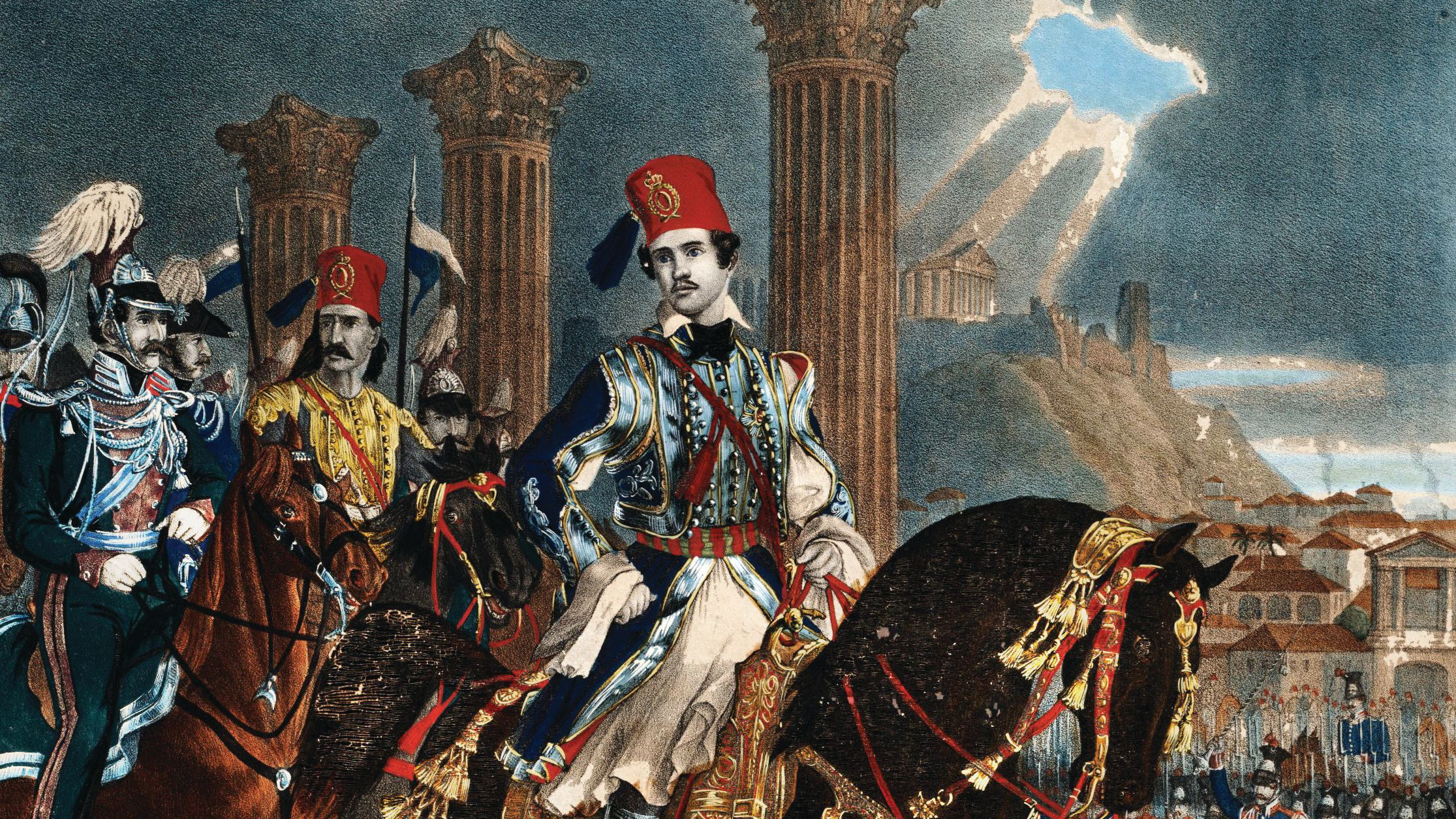
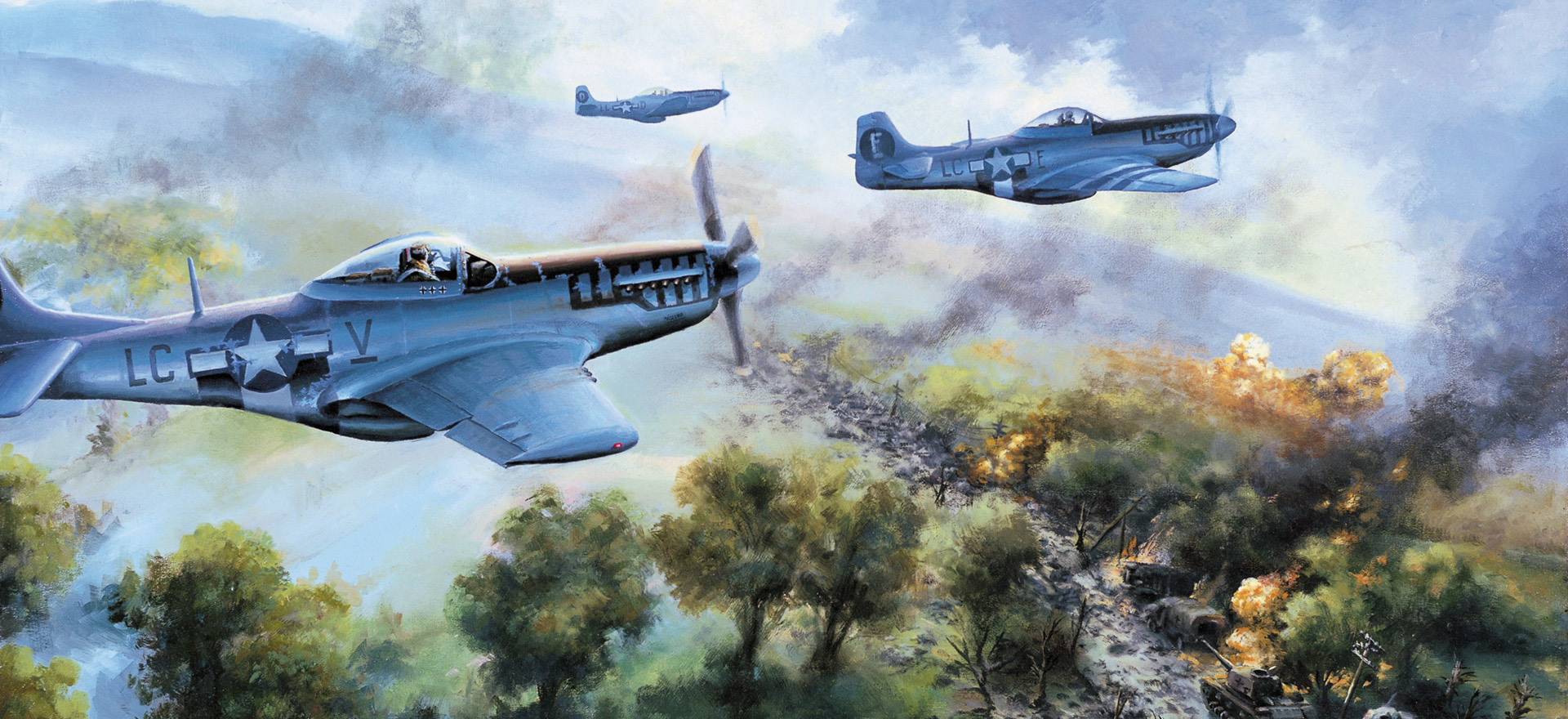

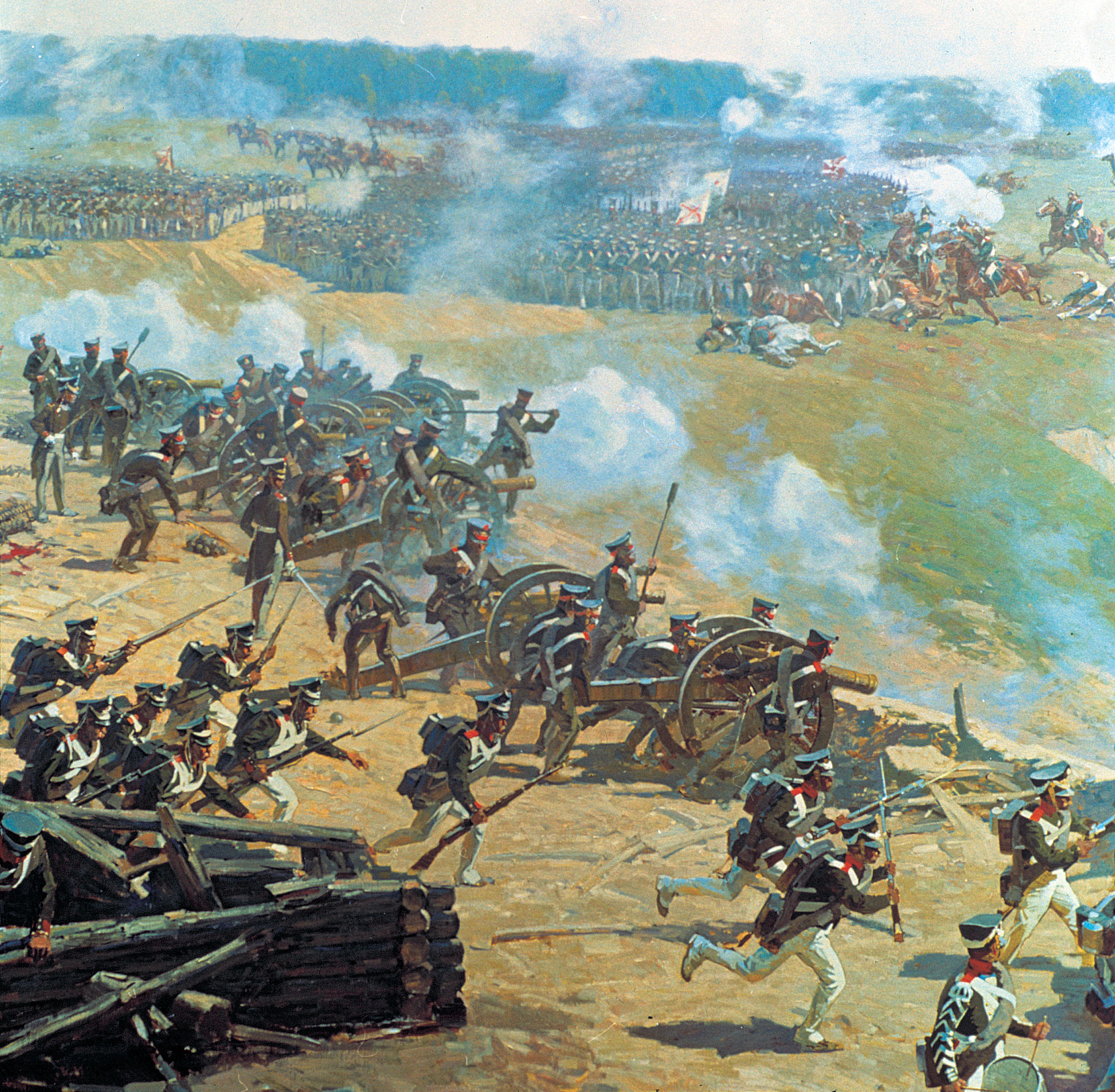
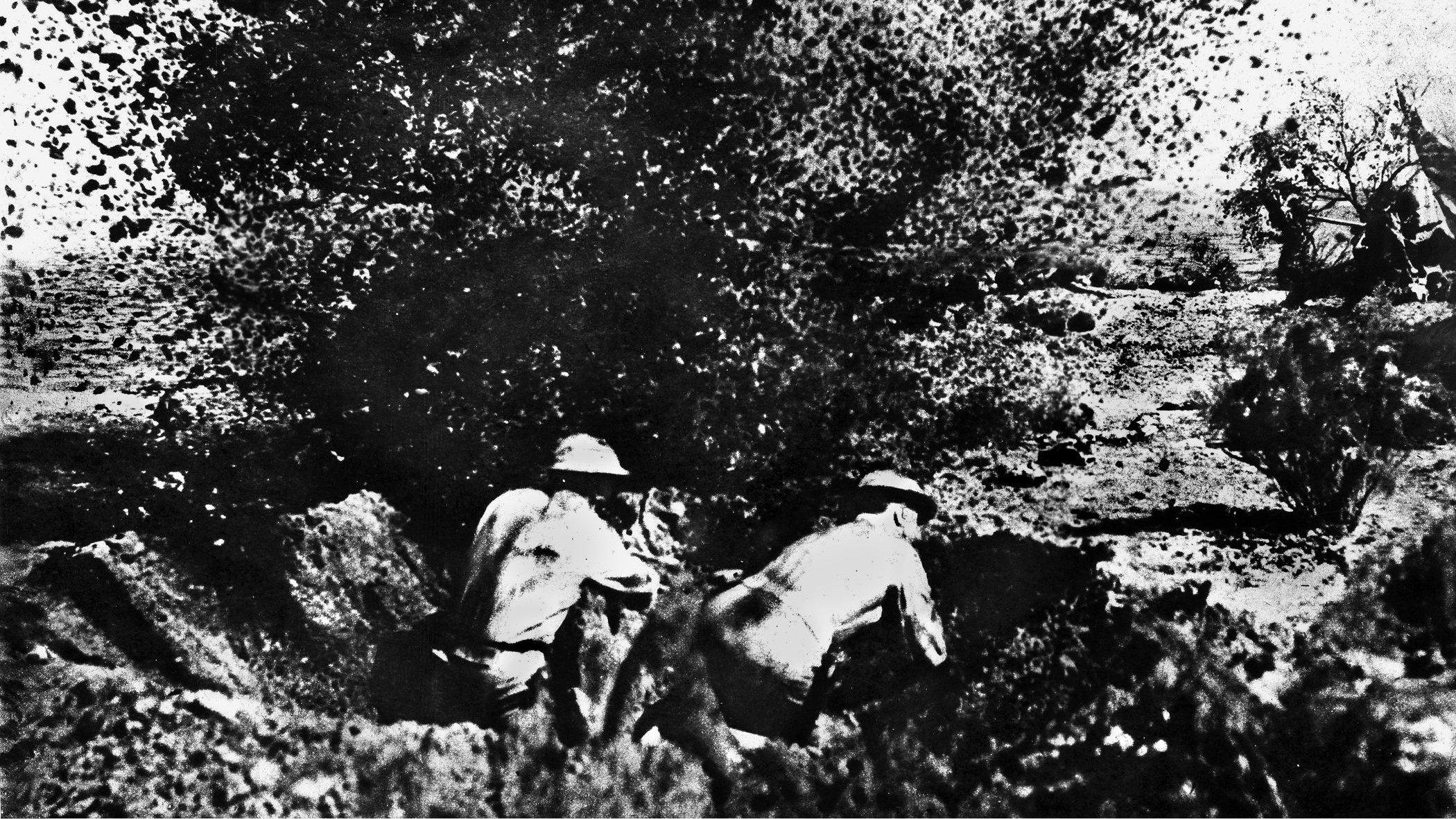
Join The Conversation
Comments
View All Comments